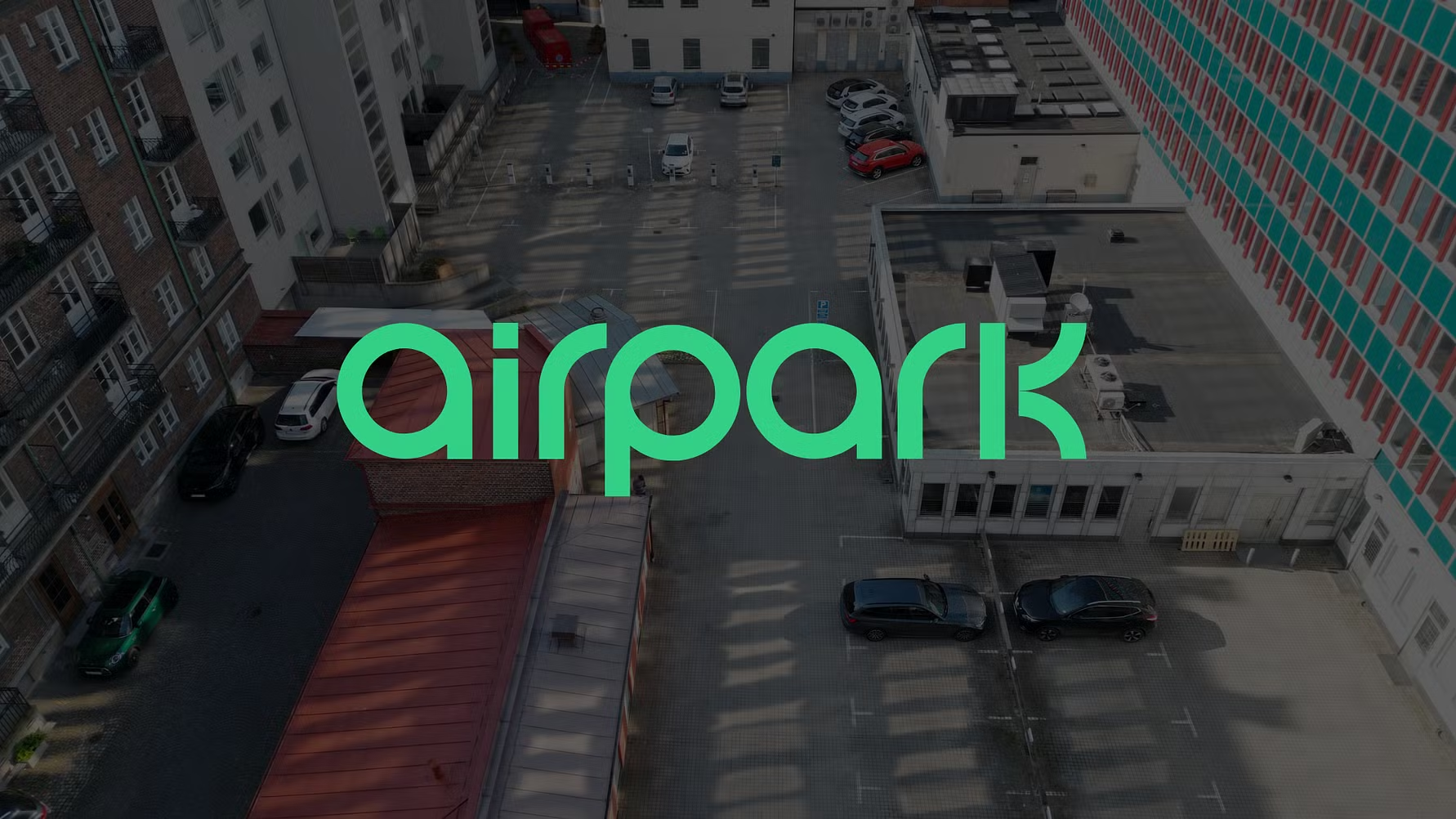KNOWLEDGE HUB


Supporting next generation of entrepreneurs - Gen Z UF

Ensuring Mission-Critical Software Integrity in the Defence Industry

Automated API Testing

Automation with Purpose: Avoiding the Space Shuttle Trap

System Verification Becomes a Member of the Swedish Chamber of Commerce in Germany

What could the EU's InvestAI Initiative Mean for Companies in Europe?

The Importance and Contribution of QA in Root Cause Analysis (RCA)

Building Tomorrow’s Experts
.jpg)
Anna's Journey at System Verification

Managed DevOps Pools

Interview with Oskar, our new Client Executive

Revolutionizing Quality Assurance with AI at System Verification

Technical Due Diligence for AirPark

Hidden Costs In Development Projects: Identifying And Mitigating Inefficiencies
